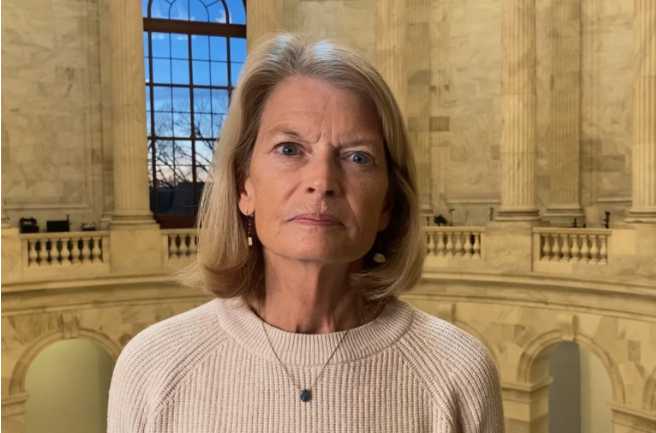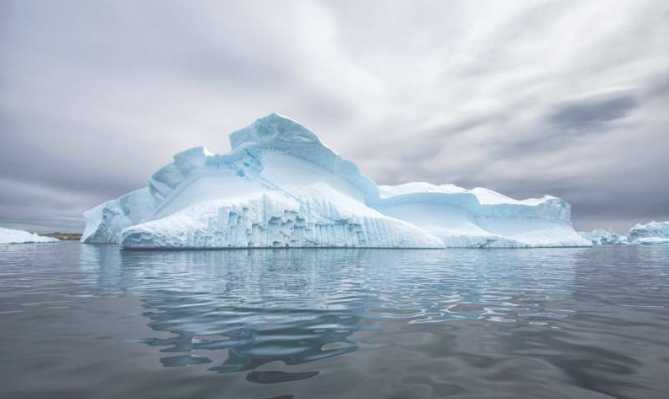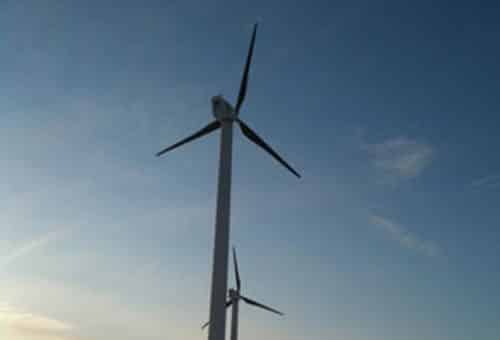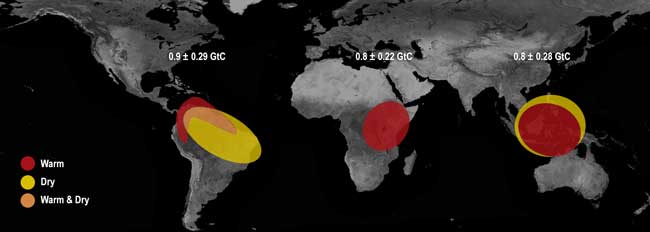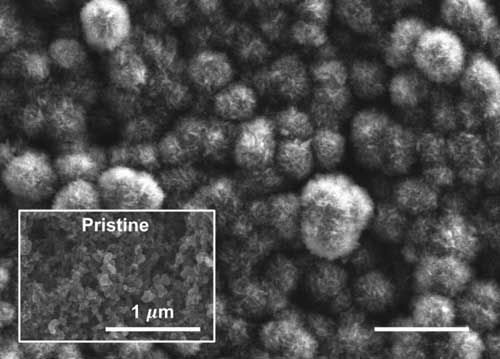 How do we ensure we have enough heat and power for Alaskans? How do we reduce carbon emissions from our energy generation to create a sustainable future? What technologies, business models and policies will help enable the energy transition? How do we make sure we have reliable energy as we transition?
How do we ensure we have enough heat and power for Alaskans? How do we reduce carbon emissions from our energy generation to create a sustainable future? What technologies, business models and policies will help enable the energy transition? How do we make sure we have reliable energy as we transition?
These are all very lofty questions, yet we’ve come to a point from an energy cost, supply, and environmental standpoint that we actually need to develop real answers to these questions.
The one thing I’ve learned about implementing change is that it can’t be successful without all the players at the table. Or at least in the same building. Alaska’s first Sustainable Energy Conference did just that. Not a small feat in a post Covid world.
Let me set the stage a little more. Today, 70-80% of the Railbelt’s power and most of Southcentral Alaska’s heat is generated using a single source: Cook Inlet natural gas.
This source has treated us well and I can say I’ve enjoyed many hot showers and bumped up my thermostat on cold winter days. The issue is that this is a finite resource that comes with carbon emissions. We must use our gas reserves strategically.
In the short term I’d say its purpose is to heat our homes and facilitate integration of renewable energy projects. In the long term, further conservation measures may be available as heat pumps are adopted on a larger scale.
To make our natural gas supply go further and to create a sustainable environment, Alaska must deploy proven and cost competitive renewable energy technologies.
Unlike the Lower 48, Alaska has an isolated electricity grid which is even more isolated in Rural Alaska. So, it’s up to us to make the change.
The good news is that we have the autonomy to make these changes and we can get a head start by learning from the Lower 48. Don’t worry, we’ll still make sure put our Alaska twist on every project we do!
Gov. Mike Dunleavy introduced a bill that would require 80% of electricity generation to be from renewable sources by 2040. The bill has intermediate milestones because the reality is that what we’re talking about doing is complex and it will be a transition, not a light switch, pun intended.
Electricity is used on a completely on-demand basis. The utilities make sure that there’s enough power available so that the grid can respond to the whims of human nature.
We run dishwashers, turn on the lights, charge our phones, even charge our cars all at the flip of a switch. Stable, reliable power is what we’ve come to expect.
While we can adjust our demand habits in the future, electricity supply and demand will always be a little unpredictable and expected to be 100% reliable.
So now we’re talking about integrating less predictable electricity supply such as solar, wind and other sources. I share none of this with the intent to say it can’t be done.
It absolutely can be done and has been proven in other states and countries. Possible is not the question, but how. We’re talking about solving a complex problem and it’s going to take a lot of minds working together and communicating openly, honestly, and inclusively to figure this out.
When I say a lot of minds, I mean we’re going to need all viewpoints: utilities, fossil fuel companies, renewable energy companies, regulators, public advocacy groups, government at all levels, landowners, project financers, environmental agencies, and especially public input.
We need all stakeholders so we can effectively map out how we get from A to B affordably, reliably and with considerably less carbon.
Our company, Renewable IPP, is an Alaska-grown small business who develops, constructs, and operates utility scale solar farms. We built the Willow Solar Farm, the first project of its kind and are working on several projects along the Railbelt from Fairbanks to Homer.
Our company has developed a reputation for being transparent and collaborative. Some of that comes from our personalities but it also comes out of necessity. We recognized early on that while we were developing expertise in solar, we didn’t have expertise in all the areas needed to implement Alaska’s largest and first commercial solar farm.
Bottom line, we acknowledged that we didn’t know everything. That’s where collaboration and honesty came in. We openly discussed our plans and sought feedback and it’s been a heart-warming experience to see utilities, landowners, local governments, community members, project investors and lenders all lean in to help develop smart solutions together.
This brings me back to the Alaska Sustainable Energy Conference. What was so powerful about the conference is that there were participants from all energy walks of life and a broad spectrum of stakeholders.
After years of meeting over Zoom, the conference provided an opportunity for everyone to get together and allow the spontaneity of conversation and brainstorming to take place.
Ideas were shared during panel discussions and people got to talking during breaks, collaborating further in the ideas shared and as the day went on new actions were committed to progress.
I’m an introvert by nature and enjoy a lot of quiet time to let my brain wander. As I’ve gained more experience in life, I value opportunities to collaborate with others and am in awe how human brains interact to create an idea that is bigger and better than the sum of its parts.
This conference provided just that right opportunity where stakeholders come together to create and commit. I imagine this conference will get better and better with each year and I look forward to seeing topics and conversations mature.
This first conference made a powerful statement: “Alaska is committed to a sustainable energy future;” and subsequent conferences and tireless work by all parties in between will ultimately unlock our shared objective.
While we’re not across the finish line yet, I know that the hardest part of any journey is the first step. Well, Alaska, I’d say we’re off to the races and I’ll look forward to running by your side!
Jenn Miller is the CEO and co-founder of Renewable IPP, LLC. She is a licensed professional mechanical engineer who grew up in Eagle River and is thrilled to have the opportunity to contribute to Alaska’s future energy solutions.
[content id=”79272″]


